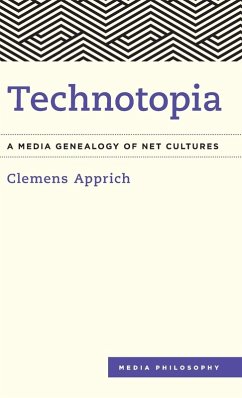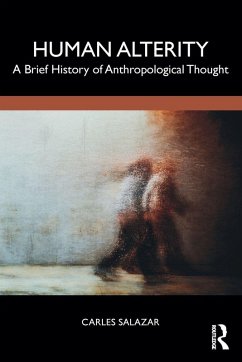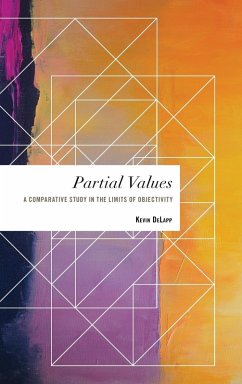
Broschiertes Buch
Changing Face of Alterity
Communication, Technology, and Other Subjects
Herausgeber: Gunkel, David J.; Mersch, Dieter; Filho, Ciro Marcondes
Versandkostenfrei!
Versandfertig in 1-2 Wochen

PAYBACK Punkte
29 °P sammeln!




Addressing a challenge and opportunity that is definitive of life in the 21st century, this book provides a range of possible solutions that serve to motivate and structure future research and debate around the concept of 'the other' in communication.
David J. Gunkel is Distinguished Teaching Professor in the Department of Communication at Northern Illinois University. He is the author of five books, including: Of Remixology: Ethics and Aesthetics after Remix (2016), The Machine Question: Critical Perspectives on AI, Robots and Ethics (2012), and co-author of Heidegger and the Media (2014). Ciro Marcondes Filho is a Professor in the Department of Communications and Arts at the University of Sao Paulo. He is creator of the New Theory of Communication, head of the FiloCom - Centre of Philosophical Studies on Communication, and has published over 45 books on journalism, mass media, cinema and philosophy. Recent books include: The New Theory of Communication (7 volumes), The Face and the Machine (Jabuti Award, 2014), Dictionary of Communication. Dieter Mersch is Professor of Aesthetics and Director of the Institute for Critical Theory at Zurich University of the Arts. He is the author of several books in German. Contributors: Mark Coeckelbergh, De Montfort University, Leicester, UK / Ciro Marcondes Filho, University of São Paulo, São Paulo, Brazil / Mira Fliescher, Karl Franzens-University, Graz, Austria / Alexsandro Galeno, Universidade Federal do Rio Grande do Norte, Natal, Brazil / Ann Hetzel Gunkel, Columbia College Chicago, Chicago, USA / David J. Gunkel, Northern Illinois University, DeKalb, USA / Maurício Liesen, University of São Paulo, São Paulo, Brazil / Dieter Mersch, Zürcher Hochschule der Künste, Zürich, Switzerland / Jörg Sternage, Universität Potsdam, Potsdam, Germany / Tales Tomaz, Centro Universitário Adventista de São Paulo, São Paulo, Brazil
Produktdetails
- Media Philosophy
- Verlag: Rowman & Littlefield International
- Seitenzahl: 238
- Erscheinungstermin: 20. Oktober 2016
- Englisch
- Abmessung: 216mm x 140mm x 14mm
- Gewicht: 302g
- ISBN-13: 9781783488704
- ISBN-10: 1783488700
- Artikelnr.: 44497573
Herstellerkennzeichnung
Libri GmbH
Europaallee 1
36244 Bad Hersfeld
gpsr@libri.de
Für dieses Produkt wurde noch keine Bewertung abgegeben. Wir würden uns sehr freuen, wenn du die erste Bewertung schreibst!
Eine Bewertung schreiben
Eine Bewertung schreiben
Andere Kunden interessierten sich für











